The street that Vietnamese people are especially interested in: Coffin Street
Lo Su Street used to specialize in making and selling coffins (also known as Hang Su), but the temple worshiping the Su profession on the street worships the founder of the carpentry and blacksmithing professions. The reason is that the Su craftsmen all come from the carpentry and blacksmithing professions. The majority of the people in Hang Su Ward came from Lieu Vien village, Phuong Duc (Thuong Tin, old Ha Tay) to Thang Long citadel more than 200 years ago. However, the Su profession on this street no longer exists, only the name remains.
In the book “Indochina” by the Governor General of Indochina Paul Doumer, it is said that coffin makers, who were already numerous in all cities, occupied a whole street in Hanoi and named it Lo Su Street. According to Paul Doumer, if this street were named in France, the landlord would surely evict all the tenants because of superstition.
“…There is a trade which is particularly flourishing here as in China, which spontaneously, spontaneously, and which attracts customers; it is the manufacture of coffins. This does not mean that there are more dead people in this region than in other places; it is simply that people do not attach a gloomy character to the idea of death, but think of it and speak of it with serenity and calmness; that is why we cannot help but look with delight at the object in which a human being is placed and buried.
The more beautiful the coffin, the better the wood, the more delicately and skillfully made, the richer or more refined the taste of the person who is going to use it is considered. Unless he is a pauper or a miserable sluggard who has been cast adrift, far from the place where he was born and where he has always hoped to die, every Annamite has his coffin prepared before death threatens him. He buys it as soon as he can afford it, and even receives it as a gift.
In these Far Eastern ethnic regions, people give a coffin to their parents or relatives. This kind of gift would certainly not be accepted by Europeans…” (excerpt from “Indochina”).
In the book “A Campaign in the North” (published by Hanoi Publishing House), the author, Doctor Hocquard, also talked about the street selling coffins near Lo Su, Hang Tre Street. He made subtle observations when people went to buy coffins for themselves in Hanoi’s Old Quarter. He believed that the living had already chosen for themselves a neat and tidy way to prepare for death: “While walking in the inner city of Hanoi along the banks of the Red River, passing Hang Tre Street with many wooden furniture shops, we came to a street perpendicular to the riverbank, where there was one of the most unique professions in the North, which was the street specializing in selling coffins. This is a very profitable profession in Annam. In addition to the fact that no one can live long in this country, people also have the custom of buying coffins very early and keeping them in a corner of the house. The most precious gift that a filial son can give to his parents on their birthday is a beautiful coffin”.
Dr. Hocquard added that, in addition to selling coffins, people also sell burial items for the deceased, such as triangular gray paper pillows for the legs and arms, pre-cut cloths for burial ceremonies, thin rolls of paper to fill in the gaps, black caulk to cover all the gaps between the boards, etc.
The unique and interesting product of the ancient Vietnamese is no longer sold here. The once bustling coffin-making profession has died out because the city now has funeral homes, providing coffin-making, embalming, burial, and burial services for the dead.
Bustling commercial streets
Hang Muoi Street, at that time ran all the way to the edge of the Red River, where salt and oil were traded in large quantities; Hang Bac Street, called "money exchange street" by the French, were the streets considered the richest in Hanoi at that time, due to the strong demand for salt trading and money exchange at that time.
Salt was transported by boat from the Central region (Thanh Hoa, Nghe An) and then exported to Yunnan (China). The salt gathered in Hanoi at that time was considered high quality and expensive in the Chinese market. According to Dr. Hocquard, each salt box (equivalent to about 76 liters) sold in Hanoi cost more than 3 francs. These salt trading boats would go up the Red River to Lao Cai and through Yunnan: “The shops on Hang Muoi Street were arranged in a spacious manner in beautiful brick houses. Salt was piled up at the end of the shop, and oil was stored in large earthenware jars made in Bac Ninh or in earthenware jars shaped like ancient Greek jars.”
Illustration photo. (Source: Chat GPT) |
When passing through Hang Mam Street, Dr. Hocquard said that a special thing was that the facades of the houses on the street had no windows, and in front there were wide awnings woven with bamboo that partially obscured the entrance and extended out into the street, making the street seem narrower. Explaining why the houses on the street did not have windows, Dr. Hocquard said: “Before the French arrived, that was the scene of most streets in Hanoi. Occasionally, when the king passed through the street, it was necessary to ensure that the emperor's face could not be seen by the common people. That is why all the houses were not allowed to have windows on the facade and all the doors with large blinds as awnings in front had to be closed tightly as soon as the soldiers ran down the street to announce that the king was about to pass by.”
Passing Hang Mam Street is “Money Exchange Street”. This is what the French called Hang Bac Street during the French colonial period, because there were many money exchange shops on this street. “Money Exchange Street is one of the most beautiful streets in Hanoi. Shopkeepers sit cross-legged in front of a pile of virgin money and a small lacquer box used as a safe,” said Dr. Hocquard.
Annamese coins were strung together in strings of 500 coins with a string. It took 5 to 7 strings of coins to exchange for one silver coin. To avoid speculation by Chinese merchants and Annamese officials, the French consul in Hanoi officially regulated the exchange rate of silver coins in dong trinh every month. But that regulated exchange rate was not applied on this street. The way to exchange money on this street was also based on “auditory and visual” money. They would observe the coins for their quality and minting technique: “For the natives, a coin with a sharp casting, emitting a clear and long sound when dropped on a hard object would be worth one more string of tien trinh than another coin of the same weight and material but not meeting the above conditions” (excerpt from “A campaign in Tonkin”).
The street of salt trading, coffin making, and money exchange is now history in Ke Cho area. There is another interesting street in Dr. Hocquard’s memoir, which is the dog trading street. According to him, at the beginning of Hang Bo street, every 5 days there is a session of selling dog meat. Smaller dogs are locked in cages, larger dogs are led on a leash. “All these dogs look like foxes… They usually have yellow-brown fur with gray patches. However, some have black fur, which are the most popular,” Dr. Hocquard wrote.
He added that the dogs in Annam are gentle with the natives but are very fierce when meeting Europeans. When entering the countryside, there must be a native to guide the way or else the dogs will bite. He also said that he had tasted grilled dog meat and that it was quite tough, but not too difficult to eat.
In addition, there are streets where businesses provide services that no longer exist, such as opium smoking, Xam singing, prostitutes, etc. A brief overview shows how much Hanoi has changed in the past two centuries.
Tuan Ngoc
Source: https://baophapluat.vn/pho-hang-ha-noi-qua-quan-sat-cua-nguoi-phap-post543812.html


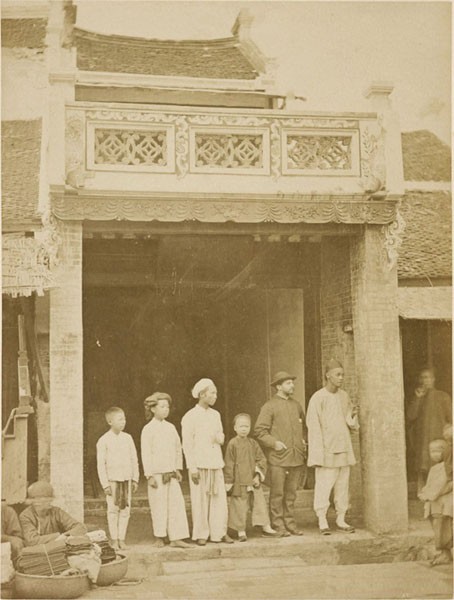
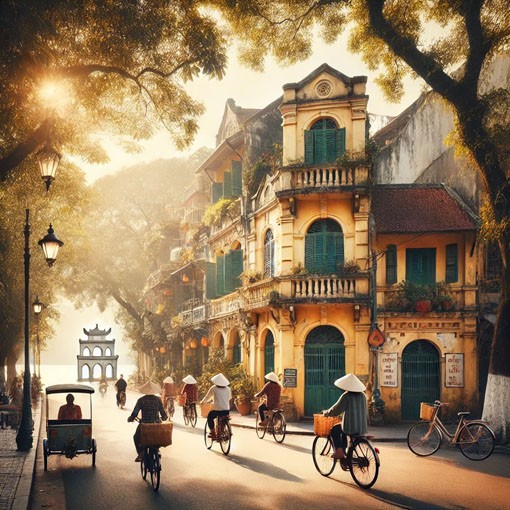




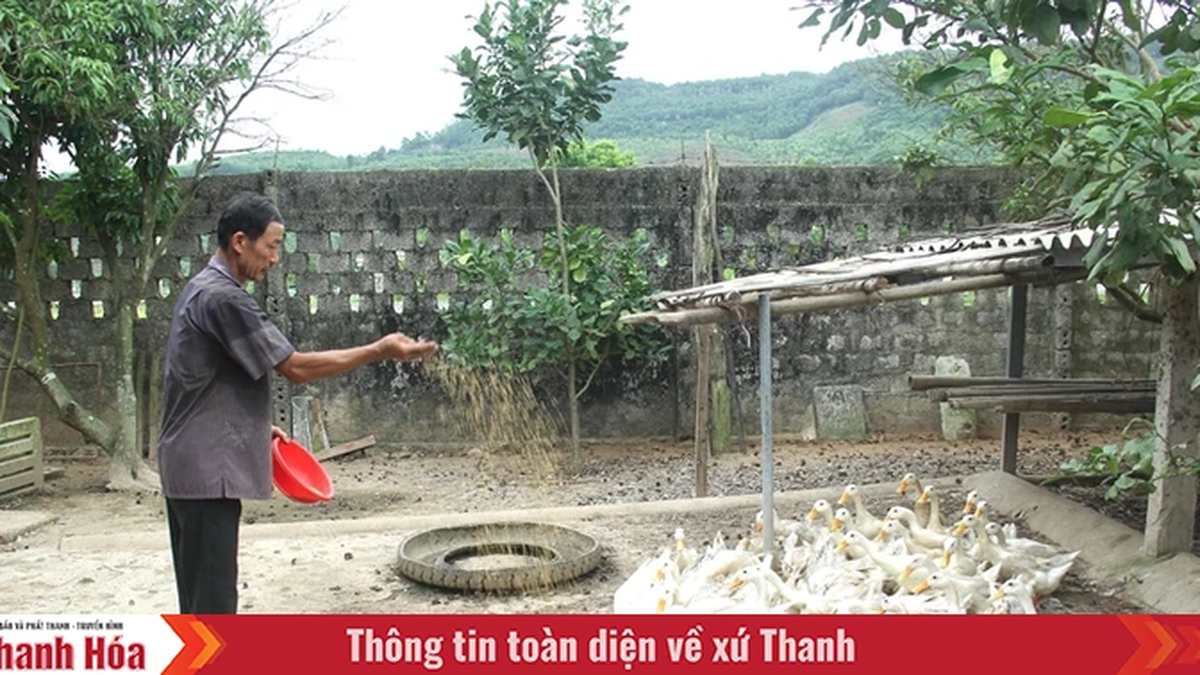
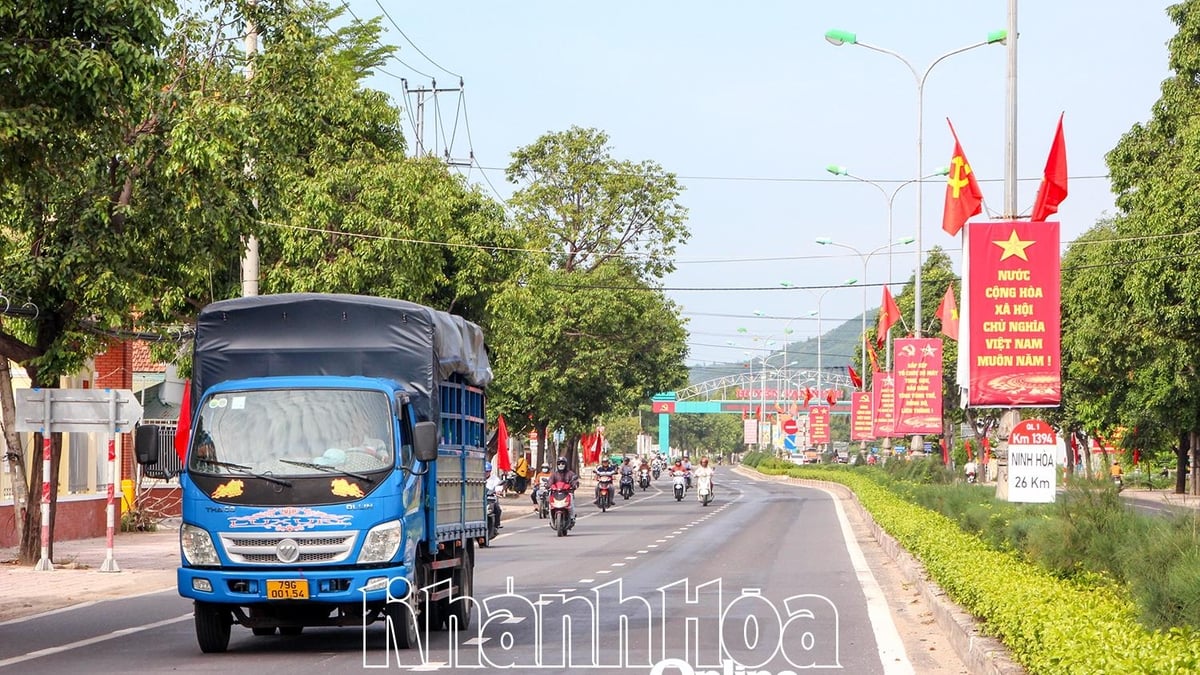

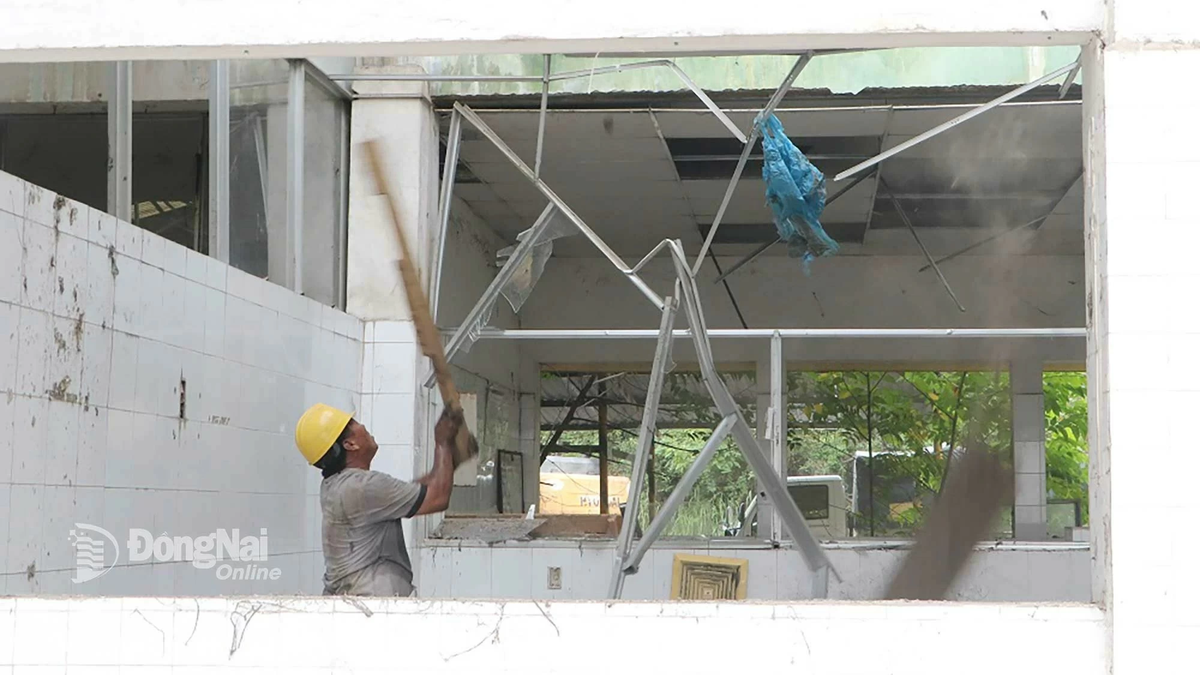
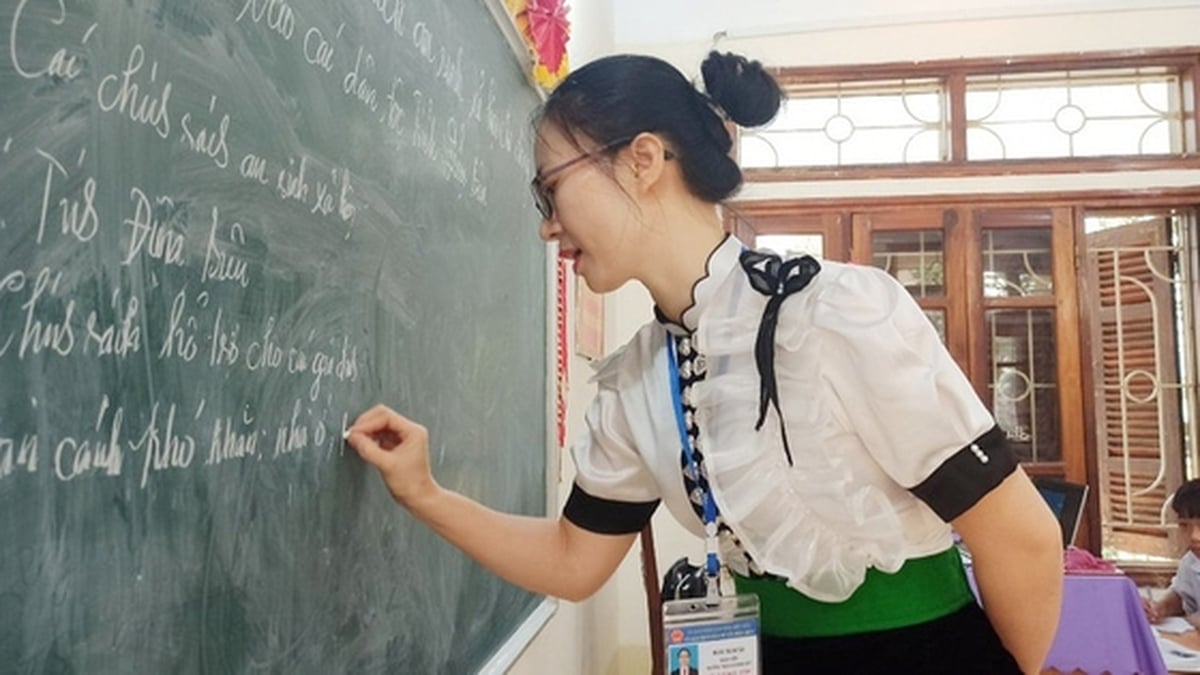













































![[Maritime News] Container shipping faces overcapacity that will last until 2028](https://vphoto.vietnam.vn/thumb/402x226/vietnam/resource/IMAGE/2025/7/30/6d35cbc6b0f643fd97f8aa2e9bc87aea)









































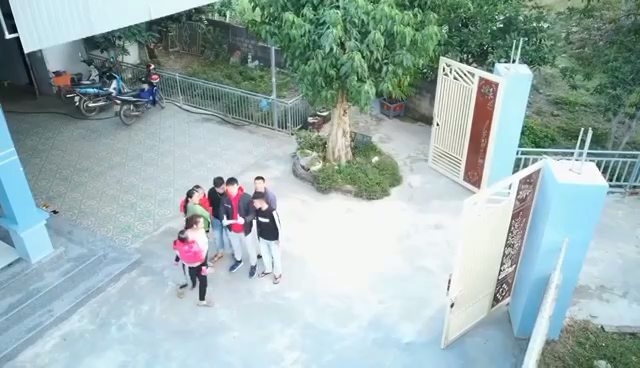



Comment (0)